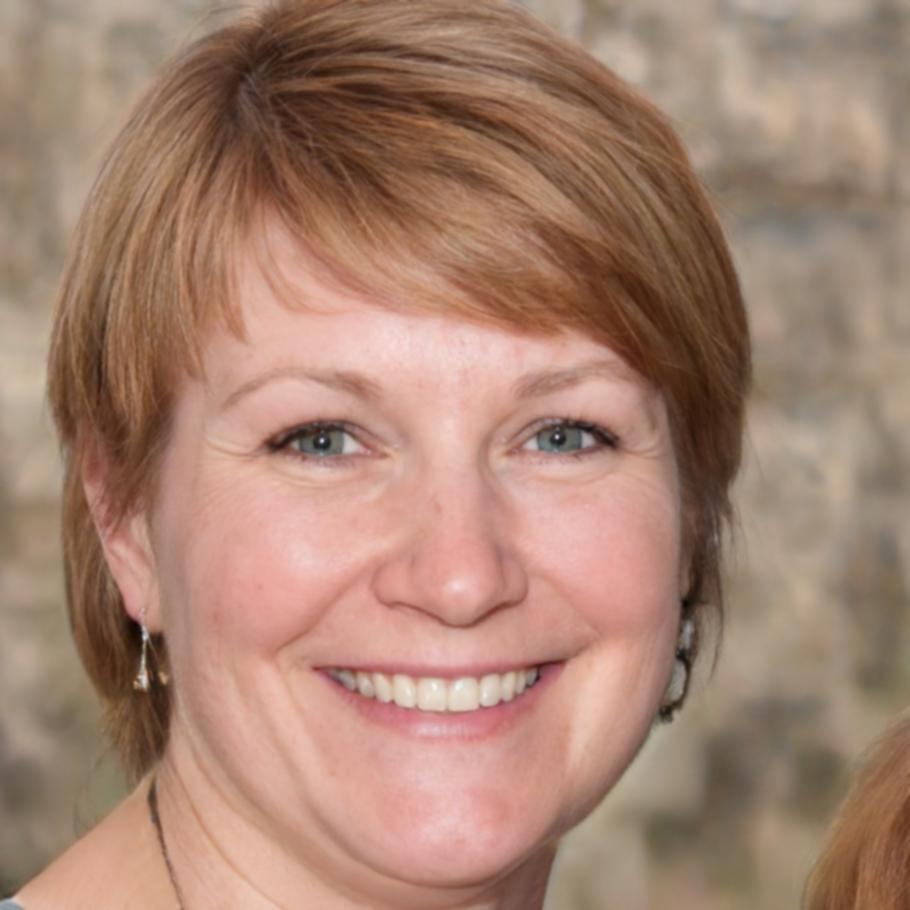Teaching That Sees Beyond the Lens
Most photo composition courses hand you rules and expect you to follow them. We start by asking what you actually want to say with your images.
There's a difference between knowing the rule of thirds and understanding when to break it. Our approach comes from years spent working with photographers who thought they needed technical perfection but actually needed permission to trust their instincts.
Since 2019, we've been refining methods that work for people who see the world differently. Not everyone thinks in grids and golden ratios. Some folks feel composition before they can explain it.

What Drives Our Teaching Philosophy
We built our methods around three ideas that kept coming up in conversations with students who felt stuck between textbook rules and their own creative vision.
Responsive Feedback
Your work gets reviewed based on what you're trying to achieve, not against some universal standard. When Ffion Llewellyn joined our autumn 2024 cohort, she was frustrated that other instructors kept pushing symmetry. We helped her understand why asymmetry served her street photography better.
Context-First Learning
Leading lines mean something different in architectural photography versus portraiture. We don't teach techniques in isolation. You learn composition principles through the lens of what you actually want to photograph, which means the lessons stick because they're immediately useful.
Progressive Complexity
Start with images that feel right to you, then work backwards to understand why. This reverses the traditional approach, but it connects faster with how creative minds actually work. Theory follows intuition rather than preceding it.
How We Structure Learning
Our sessions balance hands-on practice with conceptual discussion. You'll spend time both creating and analyzing, because good composition requires both skills.

Visual Analysis Sessions
We look at images together and talk through what works and what doesn't. Not critique sessions where someone tears apart your work, but conversations about choices and their effects. You'll learn to articulate why an image succeeds or falls flat.
Constraint-Based Projects
Create five compelling compositions using only vertical framing, or tell a story with images that place subjects in the bottom third. Artificial limitations force you to solve problems creatively and discover techniques you wouldn't stumble upon through free exploration.
Comparative Studies
Take the same scene and compose it five different ways. This exercise reveals how much control you have over a viewer's experience. Small shifts in framing or perspective completely change what an image communicates.
Real-World Application
Concepts learned in studio conditions get tested in unpredictable environments. You might understand negative space perfectly when you have time to set up a shot, but can you spot and capture it during a fleeting moment on a busy street?
Who You'll Learn From

Tobias Vestergaard
Lead Instructor, Compositional TheoryTobias spent a decade as a commercial photographer before shifting to education in 2018. He got tired of watching talented photographers struggle because they'd been taught composition as a checklist rather than a creative tool.
His background in editorial work means he understands composition under pressure. When you have three minutes to capture a CEO who doesn't want to be photographed, textbook rules become suggestions at best.

Sienna Mavros
Workshop Facilitator, Practical ApplicationSienna joined us in early 2023 after running her own landscape photography business for eight years. She brings a practical perspective on how composition decisions affect whether clients choose your work over someone else's.
Her workshops focus on the gap between knowing what makes a strong composition and actually creating one when you're standing in front of a scene. That translation from concept to execution is where most people need help.
Our Next Sessions Begin October 2025
Enrolment opens in June for autumn term. Small group sizes mean we can give your work proper attention, but spots fill quickly.
